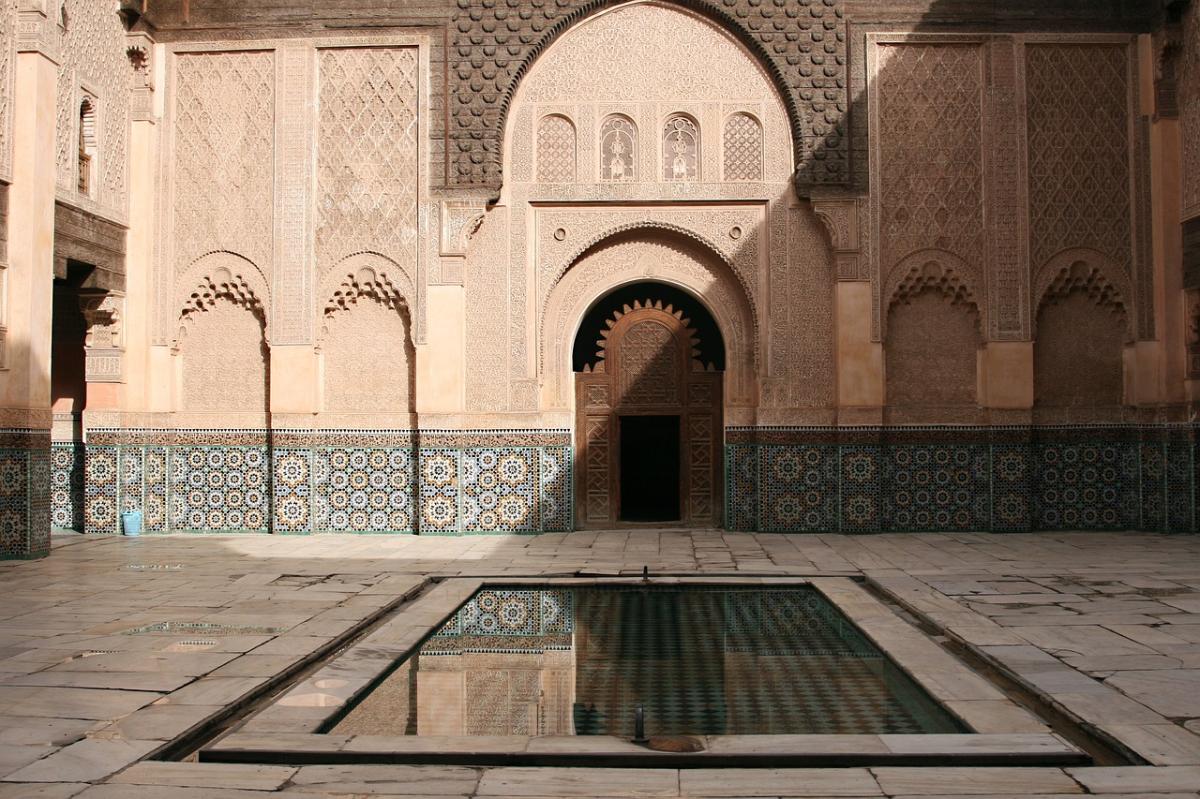
Architectural Wonders of Morocco
Morocco is a country of rich and diverse cultural heritage, where the influences of various civilizations can be seen in its art and architecture. From ancient Roman ruins to Islamic masterpieces, from Berber fortresses to French colonial buildings, Morocco offers a fascinating glimpse into the history and creativity of its people. In this article, we will explore some of the unique architectural styles and craftsmanship that make Morocco a destination for lovers of art and beauty.
Moroccan Islamic Architecture
One of the most distinctive features of Moroccan architecture is the style that developed during the Islamic period, from the 7th century onward. This style was part of a wider tradition of “Moorish” or western Islamic architecture, which characterized both the Maghreb (Morocco, Algeria, and Tunisia) and al-Andalus (Muslim Spain and Portugal).
Moroccan Islamic architecture blended influences from Amazigh (Berber) culture in North Africa, pre-Islamic Spain (Roman, Byzantine, and Visigothic), and contemporary artistic currents in the Islamic Middle East to elaborate a unique style over centuries with recognizable features such as:
- The horseshoe arch: This type of arch has a curved shape that widens at the base, resembling a horseshoe. It was widely used in Moroccan mosques, madrasas (schools), palaces, and gates, as well as in Spain and Portugal. The horseshoe arch is considered a symbol of Moorish architecture and a sign of its elegance and sophistication.
- The riad garden: A riad is a traditional Moroccan house or palace with an interior courtyard or garden. The word riad comes from the Arabic word for garden, riyad. The riad garden is a typical feature of Moroccan urban architecture, especially in the old medinas (walled cities). The riad garden provides a private and peaceful oasis for the residents, as well as a source of natural light, ventilation, and greenery. The riad garden often contains a fountain, a pool, or a pond, as well as various plants and trees.
- The geometric and arabesque motifs: Moroccan Islamic architecture is known for its intricate and elaborate decoration, using wood, carved stucco, and zellij tilework. Zellij is a form of ceramic tilework that consists of small pieces of glazed clay tiles cut into different shapes and arranged into geometric patterns. Zellij can cover walls, floors, ceilings, domes, columns, fountains, and furniture. Zellij is often combined with carved stucco or wood to create arabesque motifs, which are ornamental designs based on floral or vegetal forms that curve and intertwine.
Some examples of Moroccan Islamic architecture are:
- The Hassan II Mosque in Casablanca: This is the largest mosque in Africa and the second largest in the world after the Grand Mosque of Mecca. It was completed in 1993 and can accommodate up to 105,000 worshippers. The mosque is built on a promontory overlooking the Atlantic Ocean and has a 210-meter-high minaret (tower) that is visible from miles away. The mosque combines traditional Moroccan elements with modern technology, such as a retractable roof, heated floors, and solar panels.
- The Koutoubia Mosque in Marrakech: This is the largest mosque in Marrakech and one of the most iconic landmarks of the city. It was built in the 12th century by the Almohad dynasty, who ruled over Morocco and al-Andalus at the time. The mosque has a 77-meter-high minaret that served as a model for other minarets in Morocco and Spain, such as the Giralda in Seville. The mosque is decorated with carved stucco, zellij tilework, and inscriptions from the Quran.
- The Medersa Bou Inania in Fez: This is one of the most beautiful madrasas in Morocco and one of the few that are open to non-Muslim visitors. It was built in the 14th century by the Marinid dynasty, who were patrons of art and culture in Morocco. The madrasa has a stunning courtyard with a marble fountain, a prayer hall with a carved wooden ceiling, and a minaret with green tiles. The madrasa is adorned with exquisite zellij tilework, carved stucco, woodwork, and calligraphy.
Moroccan Amazigh Architecture
Although Moroccan Amazigh architecture is not strictly separate from the rest of Moroccan architecture, many structures and architectural styles are distinctively associated with traditionally Amazigh or Amazigh-dominated regions such as the Atlas Mountains and the Sahara and pre-Sahara regions. These mostly rural regions are marked by numerous kasbahs (fortresses) and ksour (fortified villages) shaped by local geography and social structures, of which one of the most famous is Ait Benhaddou.
Moroccan Amazigh architecture is characterized by:
- The use of rammed earth: Rammed earth is a technique of building walls by compacting moistened soil mixed with sand, gravel, and sometimes straw or lime. Rammed earth is an ancient and sustainable method of construction that is well suited for the arid and hot climate of Morocco. Rammed earth walls are thick and sturdy, providing insulation and protection from the heat and the cold. Rammed earth walls are also aesthetically pleasing, with a natural and earthy color and texture.
- The geometric decoration: Moroccan Amazigh architecture is not as ornate as Moroccan Islamic architecture, but it still displays a sense of beauty and harmony through geometric decoration. The rammed earth walls are often embellished with geometric patterns or motifs, such as triangles, squares, diamonds, stars, or crosses. These patterns or motifs have symbolic meanings and reflect the Amazigh identity and culture. They can also be found on other objects, such as carpets, pottery, jewelry, and tattoos.
- The adaptation to the environment: Moroccan Amazigh architecture is influenced by the natural and social environment of its builders. The kasbahs and ksour are usually located on strategic sites, such as hills, cliffs, or oases, to take advantage of the views, the water sources, and the defense possibilities. The kasbahs and ksour are also designed to fit the needs and lifestyles of their inhabitants, who are mostly farmers, herders, or traders. The kasbahs and ksour have courtyards, gardens, stables, granaries, workshops, and markets. They also have communal spaces, such as mosques, schools, baths, and cemeteries.
Some examples of Moroccan Amazigh architecture are:
- The Ksar of Ait Benhaddou in Ouarzazate: This is one of the most famous and well-preserved ksour in Morocco and a UNESCO World Heritage Site. It dates back to the 17th century and consists of several earthen buildings surrounded by high walls. The ksar was a stop along the caravan route between the Sahara and Marrakech. It has been used as a filming location for many movies, such as Lawrence of Arabia, Gladiator, and The Mummy.
- The Kasbah of Telouet in Ouarzazate: This is one of the most impressive and mysterious kasbahs in Morocco. It was built in the 19th century by the Glaoui family, who were powerful warlords and allies of the French colonialists. The kasbah has a stark contrast between its exterior and interior. The exterior is made of simple rammed earth walls with few windows. The interior is lavishly decorated with zellij tilework, carved stucco, woodwork, and painted ceilings. The kasbah is partly in ruins and partly restored.
- The Ksar of Tamnougalt in Zagora: This is one of the oldest ksour in Morocco and one of the best examples of Amazigh architecture. It was founded in the 16th century by the Mezguita tribe, who were influential in the region. The ksar has a complex layout with narrow alleys, covered passages, arches, towers, and terraces. The ksar has a mosque with a distinctive conical minaret that resembles a pyramid. The ksar also has a Jewish quarter with a synagogue.
Moroccan Colonial Architecture
Morocco was under French (and Spanish) colonial rule from 1912 to 1956 (or until 1958 for Spain). During this period, Morocco witnessed significant changes in its urban landscape and architecture. The colonial authorities built new cities or districts that reflected their vision of modernity and civilization. They also introduced new styles and materials that contrasted with the traditional Moroccan ones.
Moroccan colonial architecture can be characterized by:
- The Art Deco style: Art Deco was a popular style of design in the early 20th century that originated in France. It was influenced by various artistic movements, such as Cubism, Futurism, Constructivism, and Art Nouveau. It was characterized by geometric shapes, bold colors, exotic motifs, and lavish ornamentation. Art Deco was widely used in Moroccan colonial architecture to create buildings that were elegant and modern, but also exotic and oriental. Art Deco buildings can be found in many Moroccan cities, such as Casablanca, Rabat, Marrakech, and Tangier. Some examples of Art Deco buildings are:
The Cinema Rialto in Casablanca: This is one of the oldest and most famous cinemas in Morocco. It was built in 1930 and designed by the French architect Pierre Jabin. The cinema has a striking facade with a curved entrance, a large marquee, and a tower with a clock. The cinema has a capacity of 1,200 seats and still shows movies today.
The Villa des Arts in Rabat: This is a cultural center and museum that showcases contemporary Moroccan art. It was built in 1932 and designed by the French architect Auguste Cadet. The building has a symmetrical plan with a central hall and two wings. The building has a white facade with blue accents and geometric patterns. The building also has a garden with sculptures and fountains.
The Bahia Palace in Marrakech: This is a royal palace that was built in the late 19th century by the grand vizier Si Moussa and his son Ahmed ben Moussa. The palace is a complex of several buildings, courtyards, gardens, and pavilions. The palace has a mixture of Moroccan and Art Deco styles, with zellij tilework, carved stucco, woodwork, and painted ceilings, as well as wrought iron, stained glass, and marble. The palace is open to the public as a historical monument.
The colonial urban planning: The colonial authorities also created new urban plans that were different from the traditional Moroccan ones. They divided the cities into two zones: the European zone and the Moroccan zone. The European zone was where the colonial administration, the military, the commerce, and the entertainment were located. The European zone had wide boulevards, squares, parks, and modern buildings. The Moroccan zone was where the native population lived. The Moroccan zone had narrow streets, alleys, markets, and old buildings. The Moroccan zone was often neglected and overcrowded by the colonial authorities.
The neo-Moroccan style: Towards the end of the colonial period, some Moroccan architects and artists started to develop a new style that combined elements from both the Moroccan and the European styles. This style was called neo-Moroccan or neo-Mauresque (neo-Moorish). It was an attempt to create a national identity and a modern aesthetic that respected the Moroccan heritage and culture. Neo-Moroccan buildings can be seen in both the European and the Moroccan zones of the cities. They have features such as arches, domes, columns, zellij tilework, carved stucco, woodwork, and calligraphy.
Some examples of neo-Moroccan architecture are:
- The Mohammed V Mausoleum in Rabat: This is a monumental tomb that houses the remains of King Mohammed V, who led Morocco to independence from France in 1956, and his two sons King Hassan II and Prince Abdallah. It was built between 1961 and 1971 by the Vietnamese architect Vo Toan. The mausoleum has a white marble facade with green tiles and gold accents. It has a large dome with a star-shaped skylight. It has four minarets at each corner. It has an interior courtyard with a fountain and a garden.
- The Hassan II University in Casablanca: This is one of the largest and most prestigious universities in Morocco. It was founded in 1975 by King Hassan II to promote education and research in Morocco. It was designed by several Moroccan architects, such as Elie Azagury, Abderrahmane Chorfi, Abdelouahed Mountassir, and Rachid Andaloussi. The university has several buildings that reflect different aspects of Moroccan culture and history. It has a library that resembles a kasbah, a mosque that resembles a riad garden, a theater that resembles a medersa, and an administration building that resembles a palace.
- The Royal Mansour Hotel in Marrakech: This is one of the most luxurious and exclusive hotels in Morocco. It was commissioned by King Mohammed VI in 2010 to showcase the best of Moroccan craftsmanship and hospitality. It was designed by several Moroccan artisans who used traditional techniques and materials to create an authentic masterpiece. The hotel consists of 53 individual riads that are arranged around courtyards and gardens. Each riad has its own pool, a fireplace, a living room, a bedroom, and a bathroom. The hotel has a spa, a restaurant, a bar, and a library. The hotel is decorated with zellij tilework, carved stucco, woodwork, calligraphy, and paintings.
Conclusion
Morocco is a country that has a rich and diverse architectural heritage that reflects its history and culture. Moroccan architecture is influenced by various civilizations and styles, such as Islamic, Amazigh, Roman, Byzantine, Visigothic, French, and Spanish. Moroccan architecture is also characterized by its unique features and craftsmanship, such as the horseshoe arch, the riad garden, the geometric and arabesque motifs, the rammed earth, and the zellij tilework. Moroccan architecture is a source of inspiration and admiration for many visitors and artists. It is also a testimony of the creativity and identity of the Moroccan people.
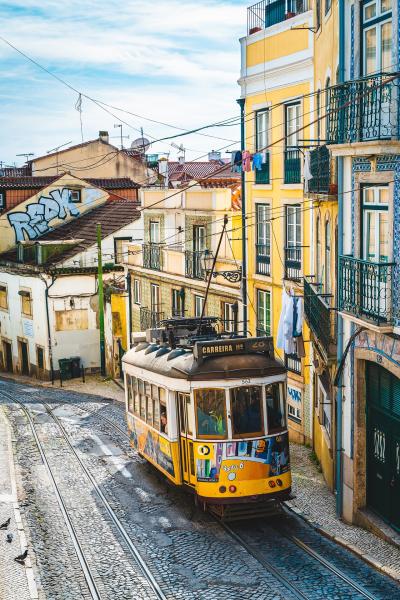
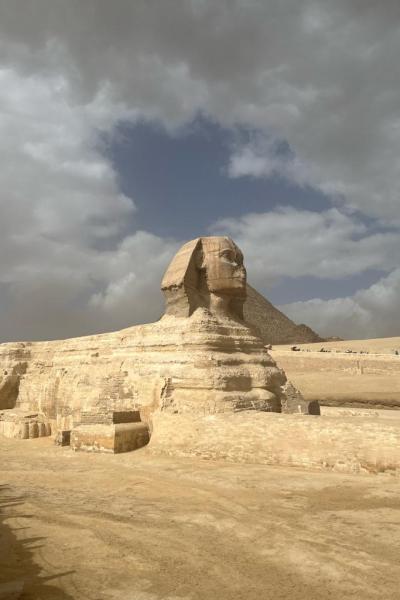
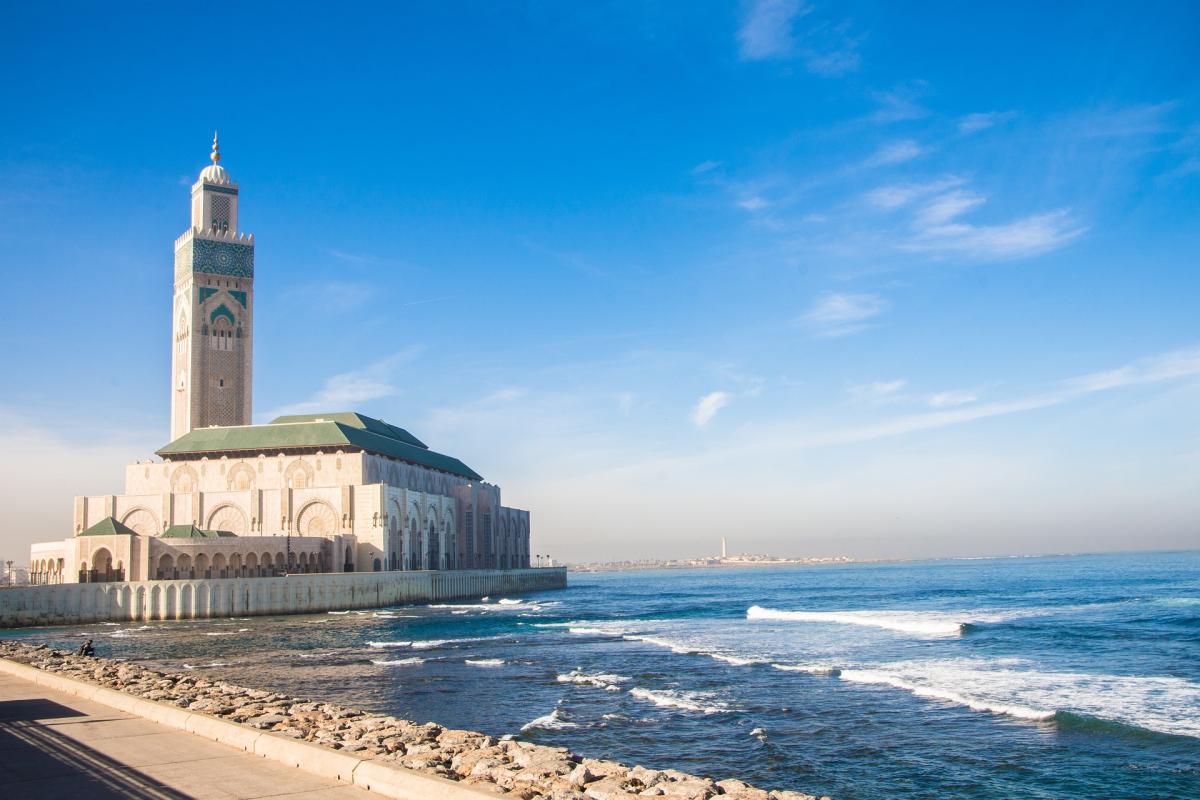
Morocco is a country of dazzling diversity, a place where the senses are awakened by the scent of spices in a bustling souk, the sight of the sun setting over the vast Sahara, the taste of sweet mint tea, and the ancient call to prayer echoing through a labyrinthine medina. It is a destination that offers...
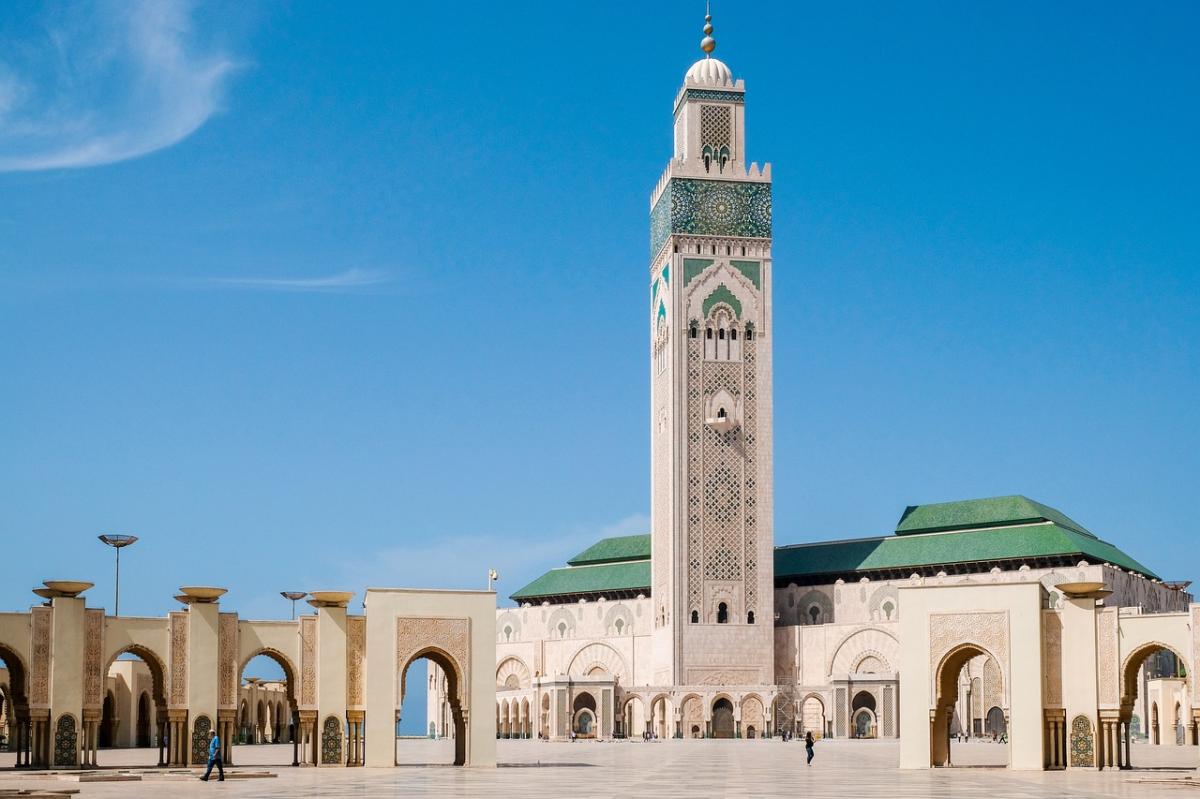
Morocco is a country that captivates the imagination of many travelers. It is a land of contrasts, where ancient and modern coexist, where mountains and deserts meet, where Arab and Berber cultures blend, and where Africa and Europe touch. Morocco is a place where you can experience the richness of history,...
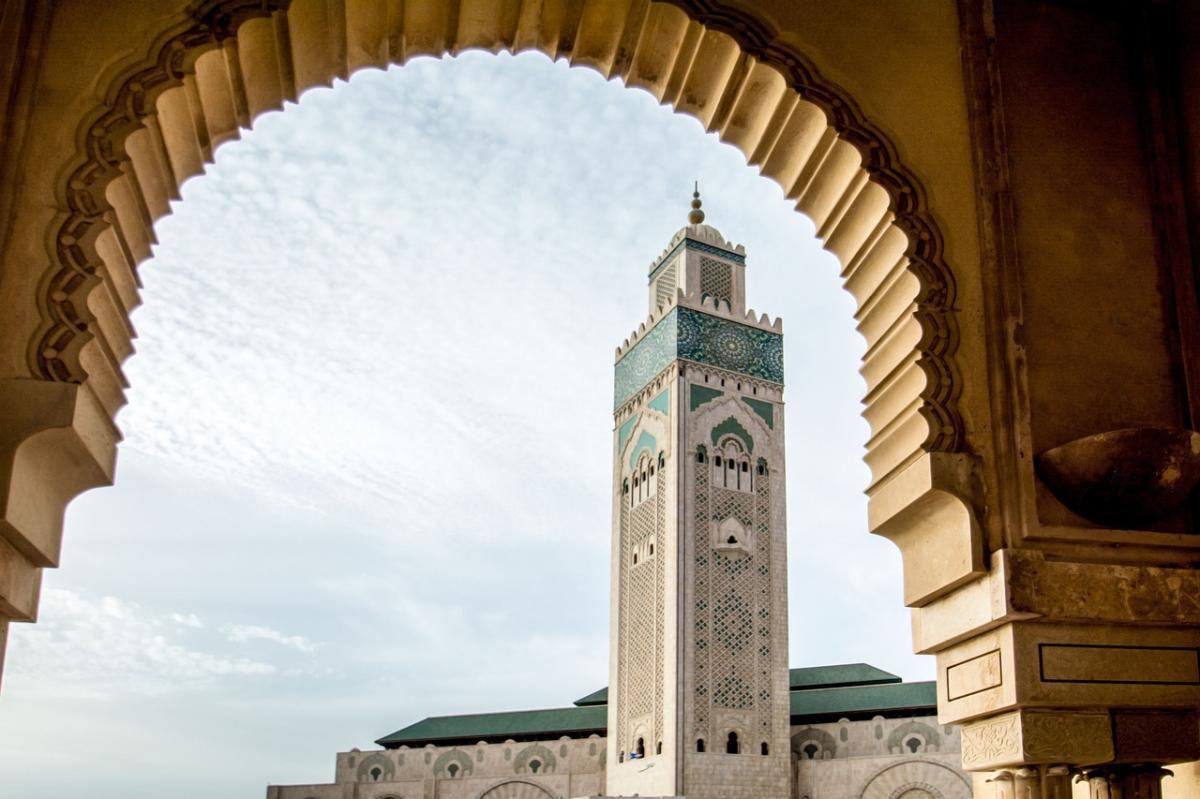
Casablanca is one of the most exciting cities in Morocco. It is a vibrant, lively city with plenty to offer visitors and locals alike. Situated on Moroccos Atlantic coast, Casablanca offers a unique blend of old-world charm and modern convenience that makes it an exciting place to explore. As the largest...